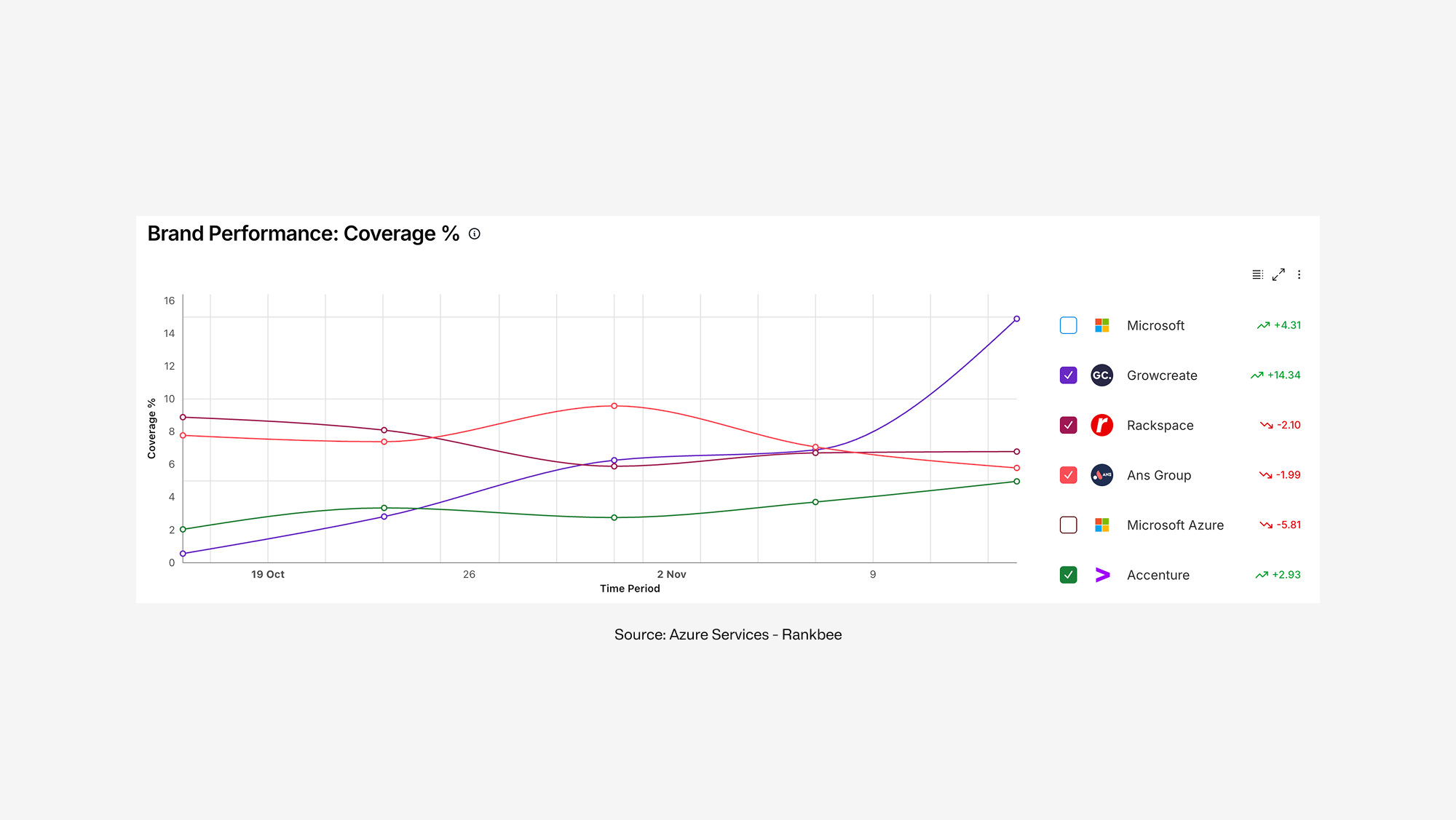I spend a lot of time talking with SME leaders who are doing their best to keep pace with AI. Most of them tell me the same thing. They’re experimenting here and there, testing a prompt, rewriting a headline, or asking ChatGPT to explain a complex brief.
But at some point, the question arises:
“What does AI actually say about us?”
Not in a marketing sense, but in a practical, business-shaping way. Because if your customers are already using tools like ChatGPT or Gemini to compare suppliers, check credibility or double-check a shortlist, then AI isn’t just a writing tool. It’s part of your discovery funnel.
And like any discovery channel, it deserves a bit of understanding.
This post is designed to help with clear, plain-English foundations every SME can benefit from.
AI systems rely on a mix of public information, structured data, knowledge sources and signals that explain:
These systems don’t “rank keywords” the way Google does. They build answers by stitching together facts, confidence signals and patterns. Google itself describes how structured data helps systems better understand entities (Google Search Central).
And because accuracy matters to their own reputation, they favour:
For SMEs, this is both a challenge and an opportunity.
Small inconsistencies can create a blurred or incomplete picture. But small improvements can also move the needle quickly.
Here are the natural-language questions I hear most often:
If you’re asking the same questions, you’re in the right place.
Think of AI search like a patchwork made from many threads. A consistent story strengthens the pattern. Mixed signals create gaps.
Here are the areas that matter most, in plain English:
AI engines rely on entity understanding, much as knowledge graphs do. This includes who you are, what market you operate in and what you’re known for. Azure’s own platform-level documentation describes how cloud services are recognised as structured entities (Microsoft Azure Architecture).
Inconsistent phrasing across platforms undermines confidence. Regulators like NIST emphasise the importance of provenance and accuracy in AI-generated outputs (NIST AI Risk Management Framework).
Analyst mentions, awards, certifications and partner statuses all help. This is why Growcreate’s ISO 27001 and Cyber Essentials matter.
AI models more often use simple, structured explanations. These systems reduce noise and choose wording that fits clear, high-confidence patterns.
A brand that shows activity, contribution and presence across its sector earns stronger reinforcement from the sources AI learns from.
Practical steps that SMEs can take without a big team or budget.
Here’s something I say often.
AI visibility isn’t about being everywhere. It’s about being understood.
And SMEs often have an advantage. You have cleaner stories, fewer product lines and fewer legacy footprints to reconcile. You don’t have teams publishing content in different tones.

When we see ourselves plotted next to enterprise firms like Accenture and Rackspace on the category chart for “Azure services”, it’s easy to assume they can never compete for attention. But AI models don’t compare your ad spend or headcount. They compare clarity, consistency and confidence signals.
Get those right, and small businesses can leapfrog noise.
Here’s what I usually help SMEs uncover:
Most improvements fall into three buckets:
Support
Stabilise your baseline — facts, bios, descriptions, certifications.
Enhance
Tidy the story — clarify services, tune content, remove mini-contradictions.
Evolve
Strengthen reach — reinforce signals, build recognition, improve authority.
This is a practical way to understand your current footprint and make targeted updates.
Founders / MDs
A clearer sense of how the market sees the company and what to strengthen next.
Marketing leads
A more consistent voice and content that AI systems can confidently use.
IT / Ops leaders
Confidence that facts, compliance statements and technical descriptions are correct across platforms.
Finance leaders
Low-cost improvements with measurable ROI.
These benefits compound. A 10% clarity improvement often leads to disproportionately greater visibility because it strengthens confidence across multiple systems simultaneously.

We’ve recently seen:
Clear inputs create clear outputs.
Imagine an AI agent trying to describe your business in one answer.
Now imagine every place online as a separate whisper in its ear.
I just wanted to let you know that your goal isn’t to whisper louder.
It’s to make sure every whisper says the same thing.
If you want a clearer view of how AI interprets your business, I can help you map it safely.
Read this, send me a message, and I’ll walk you through the first steps.